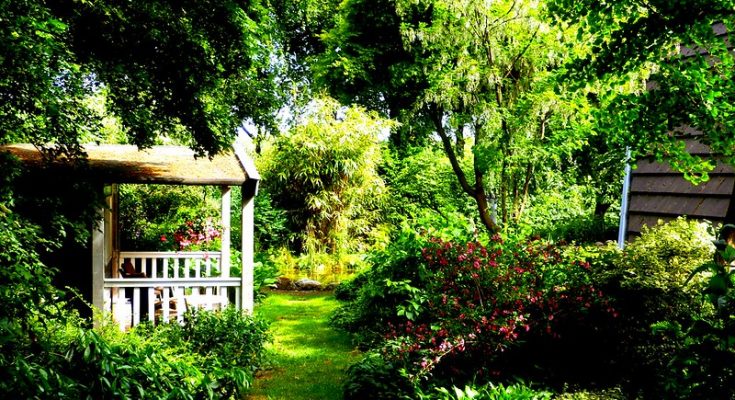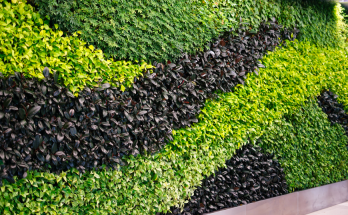Landscaping is an artistic activity that needs vision, planning and precision. Creating a functional landscape that is visually mesmerizing can be achieved by utilizing colours, contrast and lines. Whether you are borrowing an idea or customizing your own landscape design, there are a few basic principles to follow to guide you in your design process.
Unity: Consistency of design and repetition bring in a sense of unity into any landscape. Repeating elements like plants, décor and structures can bring together the landscape into one unit.Consistency in terms of theme is essential to create a design that is memorable.
Balance: In design you can create balance using symmetrical and asymmetrical elements. A symmetrical garden looks precise in terms of elements and has a pattern that can be seen throughout the landscape. Asymmetrical balance is brought into the landscape by using different elements and objects that are similar but not exactly the same. This helps create a more eclectic feel while staying in theme.
Colour: Colour adds dimension to your landscape design. You can add your colours based on the amount of light, density of space and also seasonal changes. Bright colours are more inviting and tend to dominate a space; soft hues and blues are better for darker spaces and give a more intimate feeling.
Line: Line is the most crucial element to consider in all landscape designs. It is one of the foremost principles to consider while planning flower beds, walkways, perspectives and textures.
Proportion: If you want to add depth and intensity to your landscape design, you need to consider proportions. It essentially is a comparison of sizes of different elements. We can use sizes to play-off certain elements while making others subtle. But ensuring that all elements are in proper proportions will add beauty to your landscape design.
If you can put these principles in play, then creating a visually stunning landscape design can be a simple and enjoyable experience where your creativity is truly unleashed.




